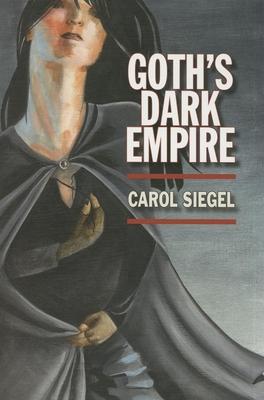In Goth's Dark Empire cultural historian Carol Siegel provides a fascinating look at Goth, a subculture among Western youth. It came to prominence with punk performers such as Marilyn Manson and was made infamous when it was linked (erroneously) to the Columbine High School murders. While the fortunes of Goth culture form a portion of this book's story, Carol Siegel is more interested in pursuing Goth as a means of resisting regimes of sexual normalcy, especially in its celebration of sadomasochism (S/M). The world of Goth can appear wide-ranging: from films such as Edward Scissorhands and The Crow to popular fiction such as Anne Rice's "vampire" novels to rock bands such as Nine Inch Nails. But for Siegel, Goth appears as a mode of being sexually undead--and loving it. What was Goth and what happened to it? In this book, Siegel tracks Goth down, reveals the sources of its darkness, and shows that Goth as a response to the modern world has not disappeared but only escaped underground.

In Goth's Dark Empire cultural historian Carol Siegel provides a fascinating look at Goth, a subculture among Western youth. It came to prominence with punk performers such as Marilyn Manson and was made infamous when it was linked (erroneously) to the Columbine High School murders. While the fortunes of Goth culture form a portion of this book's story, Carol Siegel is more interested in pursuing Goth as a means of resisting regimes of sexual normalcy, especially in its celebration of sadomasochism (S/M). The world of Goth can appear wide-ranging: from films such as Edward Scissorhands and The Crow to popular fiction such as Anne Rice's "vampire" novels to rock bands such as Nine Inch Nails. But for Siegel, Goth appears as a mode of being sexually undead--and loving it. What was Goth and what happened to it? In this book, Siegel tracks Goth down, reveals the sources of its darkness, and shows that Goth as a response to the modern world has not disappeared but only escaped underground.